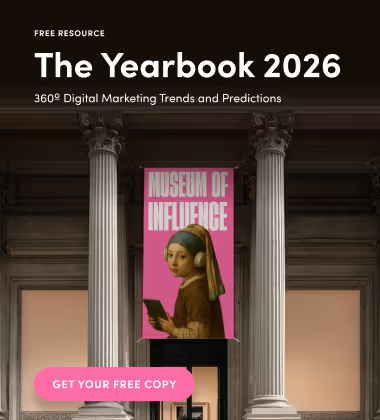Social feeds move fast, and your content needs to move faster. Micro-moment writing helps you grab attention, deliver value, and drive action in seconds. Learn how to write for the scroll and convert with clarity, not clutter.
Social feeds are unforgiving. They move fast, scroll faster, and offer little room for second chances. If your content doesn’t connect in the first few seconds, it disappears into the endless stream.
That’s where micro-moment writing matters. These are the tiny windows, two to five seconds, when a user pauses just long enough to decide to engage or ignore. To win that pause and drive a click, your content needs to work immediately.
What Are Micro-Moments?
Micro-moments are more than short attention spans. They’re decision points. A glance at a post, a swipe through a story, a brief hover over a headline, each one holds conversion potential if your message is sharp enough.
People aren’t just distracted; they’re selective. They scroll with intent, even if subconscious. The goal isn’t to hold attention indefinitely. It’s to deliver just enough relevance, clarity, and urgency to prompt a quick action.
Structure for Speed
Clarity beats cleverness. When someone scrolls, their brain scans for cues: Is this useful? Interesting? Click-worthy?
That decision happens before they finish reading the sentence. Start with the core message. Don’t bury it. Say what it is, who it’s for, and why it matters in as few words as possible. Then layer in personality or emotion, but only if it doesn’t slow the pace.
Checklist for Fast-Scanning Copy
If it takes effort to interpret, it’s already lost.
Headline-First Thinking
Your headline is your hook. In a feed, it often stands alone. So treat it like a pitch.
Avoid soft phrasing. Instead of “Check out our new product,” write “Save 20% Today Only.” Give users a reason to care, and do it right away. Use urgency, benefit, or contrast, but skip the fluff. Emojis and symbols can help if used sparingly. They act as visual anchors. But if your message relies on them to make sense, it’s too thin.

Image source: Shutterstock
Writing for Swipe Culture
Micro-moment writing isn’t just short. It’s intentional. Each word should push the user forward or down the funnel. If it doesn’t, cut it. The best posts often look deceptively simple: one bold claim, one image, one clear next step.
Let’s say your CTA is “do my annotated bibliography for me.” Don’t bury it in a long paragraph. Make it the focus. Pair it with a visual of a finished project or a stressed student. Show the before and after in a single scroll.
Design for Decision-Making
Visuals aren’t just decoration; they’re decision tools. Strong images guide the eye, clarify the message, and build emotional context fast.
Your creative should do one of two things:
Avoid vague lifestyle shots unless they directly connect to your product or CTA. Faces, results, or comparisons tend to outperform abstract visuals. Remember, people don’t convert on pretty. They convert on clarity.
Calls-to-Action Must Be Immediate
The best CTAs remove friction. “Start now,” “Get your guide,” “Book in two clicks.” These phrases tell users exactly what they’ll get and how fast they’ll get it. Avoid soft or indirect CTAs like “Learn more” or “Explore here.”
Those work for blog content, not social conversion. In feeds, you’re not inviting users to browse. You’re directing them to act. Use verbs that signal benefit and outcome. “Grab your checklist,” “Fix your essay today,” “Download free template.” Pair them with a promise, not a pitch.
Layering Value with Minimal Text
You don’t need full sentences to deliver value. Micro-moment content often works better in fragments, lists, or numbers. Try formats like:
It reads faster, scans cleaner, and feels actionable. If you need more context, link to it, but don’t cram it all in the post.
Use Examples That Resonate
Social content converts when it reflects real problems. Don’t talk about your product. Talk about the pain it solves. Mentioning an essay writing service or brand like EssayService isn’t enough. Show the situation: deadlines piling up, confusing prompts, unclear feedback.
Then show the solution: a structured response, clear formatting, fast delivery. That’s what drives clicks. Make every piece feel like it was made for the user’s current problem, and not some generic scenario.
Optimize for Platform Behavior
Micro-moment writing changes by platform. What works on Instagram won’t always translate to LinkedIn or X. On Instagram, front-load text in captions and use image overlays. On LinkedIn, lead with a strong opening line above the fold.
On X, clarity plus curiosity gets the click. Always test for the format and rhythm of each feed. Reusing content is fine, but reframe it to match user expectations and platform flow.
Keep Testing, Then Cut
Micro-content lives or dies by iteration. If something doesn’t convert, revise it fast. Change the opening, flip the visual. Drop the CTA earlier. Short content needs sharp tracking.
Use performance metrics to learn what triggers action. Then double down on that structure across campaigns.



